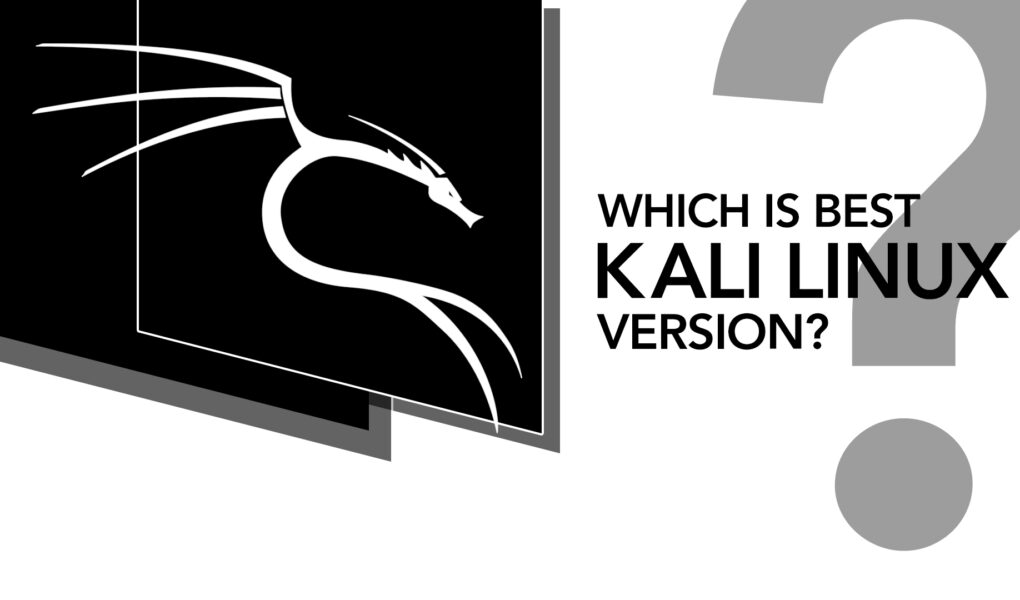Kali Linux, a Debian-based operating system, is widely regarded as one of the best choices for penetration testing and ethical hacking. With its pre-installed security-focused tools and regular updates, Kali Linux offers a range of features and functionalities.
However, as we have different versions released at other times, it isn’t easy to analyze which version is the best.
Why not let’s explore various versions of Kali Linux, highlighting their key features, improvements, and considerations to determine the best version for your requirements?
1: The latest version
The latest version of Kali Linux is 2023.1, which was released on March 13, 2023. It operates as a rolling release distribution, signifying that new software packages are continuously incorporated and existing ones are frequently updated. This makes Kali Linux a great choice for security professionals who need to stay up-to-date on the latest threats.
Kali Linux 2023.1 brings several notable features and updates, which include updated tools, packages, a new Linux Kernel version, improved support for ARM devices, Kali Purple, and a dark purple theme.
Pros
- Pre-installed security tools
- Software for penetration testing
- Active, supportive community
- Customizability
Cons
- Lacks certain general-purpose features
- Hardware challenges
- Compatibility issues
2: Kali Linux 2022.4
Kali Linux 2022.4 was released on December 6, 2022. It is the fourth Kali Rolling release of 2022. It is based on Debian 11 (Bullseye) and uses the Xfce 4.16.5 desktop environment. It is an excellent choice for security professionals who need powerful and up-to-date penetration testing, ethical hacking, and network security assessment platform.
It is also a good choice for users who want a stable and reliable Linux distribution with a wide range of tools and features, which includes updated tools, libraries, security updates, bug fixes, and a lot more.
Pros
- Rolling release distribution
- Wide range of tools
- Stable and reliable
Cons
- Hardware compatibility challenges
3: Kali Linux 2021.1
Kali Linux 2021.1 introduces several new features, including Kaboxer for running GUI applications on headless systems and updated tools for mobile device forensics and wireless testing. With the inclusion of the latest Linux kernel version 5.10, hardware compatibility and performance are enhanced, making it suitable for the latest hardware configurations.
Pros
- Updated tools
- Enhanced hardware support
- Kaboxer for running GUI applications on headless systems
- Improved mobile device forensics tools
- New tools for wireless testing
Cons
- Potential stability issues
- Compatibility issues with older hardware
- Limited long-term support due to the rolling release model
4: Kali Linux 2020.4
Launched in November 2020, Kali Linux 2020.4 brings with it a suite of enhancements and new features. Notably, it supports the Raspberry Pi 4, enabling users to run Kali Linux on this popular single-board computer. This version also includes the updated Metasploit Framework, providing an extensive suite of security testing capabilities. Additionally, Kali Linux 2020.4 improves ARM architecture support and addresses various bug fixes.
Pros
- Support for Raspberry Pi 4
- Updated Metasploit Framework
- Improved ARM architecture support
- Bug fixes and stability improvements
Cons
- Potential stability issues
- Compatibility issues with older hardware
Kali Linux 2019.4
Kali Linux 2019.4, which was launched in November 2019, places an emphasis on enhancements in stability, usability, and overall performance. The inclusion of the lightweight Xfce desktop environment enhances system resources and responsiveness. Alongside updated security testing tools, Kali Linux 2019.4 provides a balance between reliability and functionality.
Pros
- Lightweight Xfce desktop environment for improved system resources and responsiveness
- Updated tools for security testing and forensics
- Stability and reliability improvements
- Bug fixes for a smoother user experience
Cons
- Lack of the latest features and tools available in newer versions
- Compatibility issues with newer hardware configurations
Choosing the Best Version
When deciding on the most suitable Kali Linux variant for your requirements, several elements need to be taken into account. For example:
1: Latest Features
If you require the most up-to-date tools and functionalities, the latest version, Kali Linux 2021.1, is the best choice. It incorporates recent updates, improved hardware compatibility, and new features.
2: Stability and Reliability
If stability is a priority, selecting a slightly older version, such as Kali Linux 2020.4 or 2020.3, may be preferable. These versions have undergone more testing and bug fixes, ensuring a more stable experience.
3: Hardware Compatibility
If you are using newer hardware configurations or mobile devices, opting for the latest version, such as Kali Linux 2021.1 or 2020.4, is recommended. These versions provide better support for newer hardware components, ensuring optimal performance and compatibility.
4: Long-Term Support
If long-term support and stability are crucial, choosing a version that has been out for a longer period, such as Kali Linux 2019.4, can provide a reliable and mature platform. However, it’s important to note that newer versions often introduce significant improvements and updated tools that may enhance your security testing capabilities.
Conclusion
Choosing the optimal version of Kali Linux is dependent on your individual needs and personal preferences. If you prioritize the latest features, hardware compatibility, and updates, the newest release, such as Kali Linux 2023.1, would be a suitable choice. However, if stability, reliability, and long-term support are essential, slightly older versions like Kali Linux, 2020.4 or 2019.4 may be more appropriate.
Assess your needs, evaluate each version’s key features and improvements, and consider factors such as hardware compatibility and reliability to make an informed decision.




